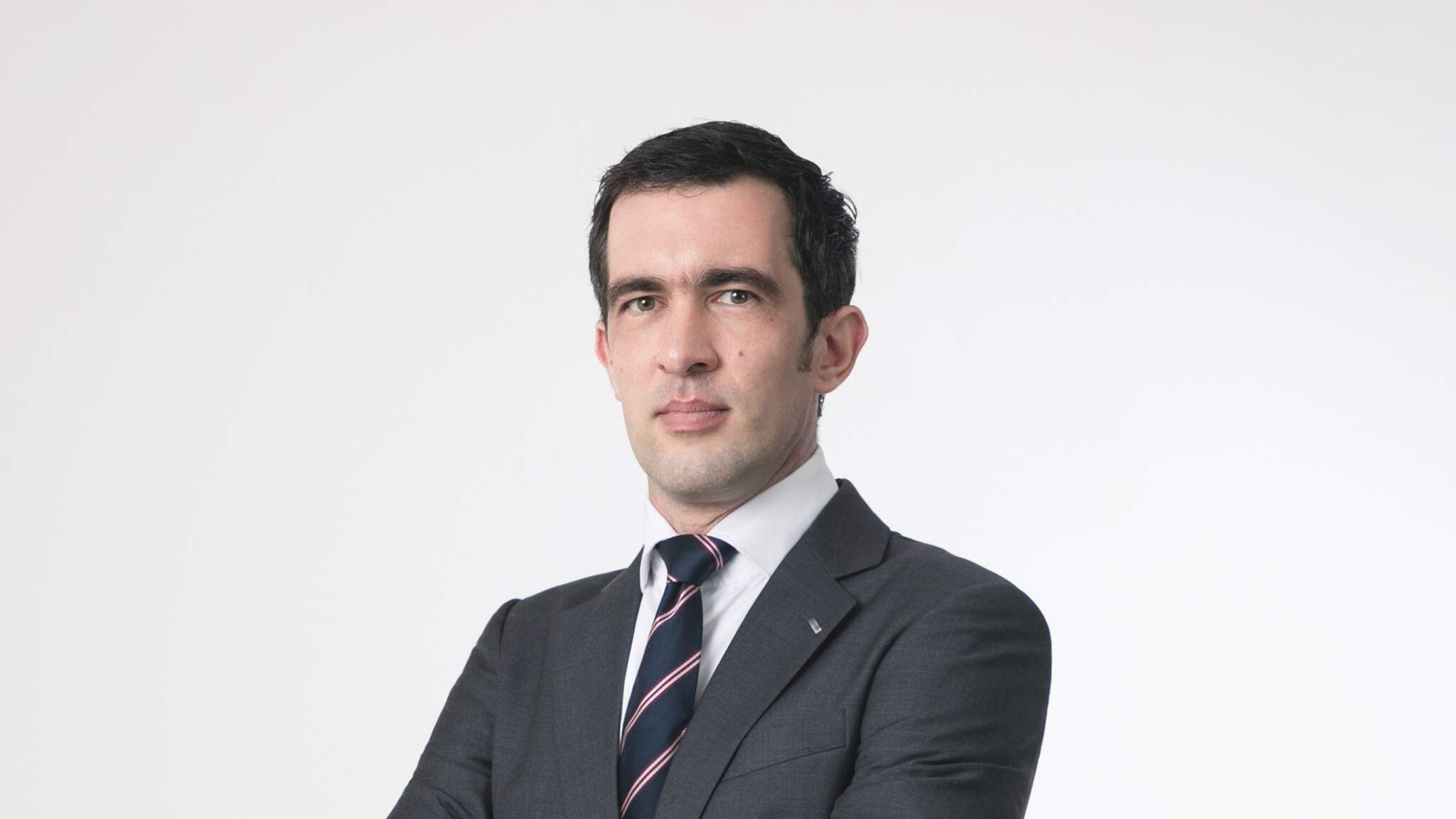Catching-up with Marcel Schmidt (Dachser)
This week's Catching-up is with Marcel Schmidt, Managing Director at Dachser Hong Kong.

Marcel, could you introduce yourself?
I’ve joined Dachser in 1997 for a so called cooperative educational program. During this three-year program I’ve covered the practical parts at Air & Sea Logistics branches in Germany and our Road Logistics branches in the Netherlands. I’ve held different roles in our German and European ASL organisation as well as in our Head Office until in 2015 I got the chance to move to Hong Kong as Head of Airfreight Asia Pacific. In July 2022 I became Managing Director of Dachser Hong Kong. With our team of roughly 100 staff, we’re offering the entire portfolio of our logistics services to the Hong Kong market, with a focus on air freight, sea freight and contract logistics.
How’s the logistics business going and what are the current challenges your company is facing?
The logistics industry is currently facing significant challenges, including supply chain disruptions and geopolitical tensions. Delays, higher freight rates, and shortages of equipment are compounding these issues. Additionally, customer expectations for resilient and transparent supply chains are rising, especially with the merging of online and offline services. The industry also faces pressures from a competitive job market, accelerated by remote work trends, while digitalisation requires heavy investment to stay competitive with new technologies like AI and IoT. Lastly, sustainability demands, including low-emission supply chains and sustainable fuels, are pushing companies to adapt quickly.
Supply chain diversification has led to the creation of new trade corridors, with regions like South East Asia becoming key players. As many companies move their manufacturing out of China to countries like Vietnam, we are facing a decrease in goods volume passing through Greater China ports and airports.
However, Dachser is well-positioned to address this challenge by offering integrated logistics solutions and maintaining the same high-quality service globally. Dachser Hong Kong, being close to key decision-makers in the region, plays a role in facilitating swift communication. Customer’s requests will be quickly forwarded to the local teams in South East Asia, which we have an extensive network with. This ensures seamless connections between regions, allowing our teams in South East Asia rapidly deploy tailored solutions to meet specific customer needs.
KLM/Martinair has recently landed its first freighter into Hong Kong after nearly 9 years. Do you see opportunities for Dachser to grow its freighter service?
Let me evaluate a bit more on the airfreight market and on freighter services to answer your question. While some dangerous goods are not allowed to be transported on passenger aircrafts and some goods can only be loaded on cargo aircrafts due to the dimension (e.g., anything higher than 1.60m), in the Hong Kong market we don’t see these commodities very often. Here it’s more about the capacity. Modern passenger aircrafts can carry around 20 tons of airfreight, while a freighter (as a rule of thumb) carries approximately 100 tons. On most lanes we are still not back to pre-Covid levels in terms of the operated passenger flights. KLM, for example, used to fly daily between Amsterdam and Hong Kong before Covid, but currently operates only four passenger flights a week. The same applies to many other commercial airlines operating on the Hong Kong to Europe lanes.
Since mid of last year, we’ve been seeing a strong surge in e-commerce from China to Europe (and the rest of the world). The Red Sea crisis with its impacts on the ocean freight not only in Far East but also in South-East Asia, the Indian Subcontinent and the Middle East have caused an additional demand for airfreight on the Asia to Europe lanes.
Thanks to Dachser’s strong Road network in Europe for us it doesn’t make a big difference whether our airfreight flies to Amsterdam, Frankfurt, Paris or any other European airport. We feed these shipments into our Road network and will deliver the goods at our customer’s destination within the agreed timeframe across Europe in the same way.
Still, of course, we welcome the additional capacity in the market as it gives us more options and flexibility to satisfy our customer’s needs.
What are the current trends in logistics?
Globally, logistics is transforming with advancements in AI and IoT, driven by the e-commerce boom and a strong focus on sustainability and supply chain resilience. In the APAC region, there is explosive e-commerce growth, rapid supply chain digitalisation, and a significant push towards customised and optimised supply chain solutions to meet the unique demands of diverse markets.
